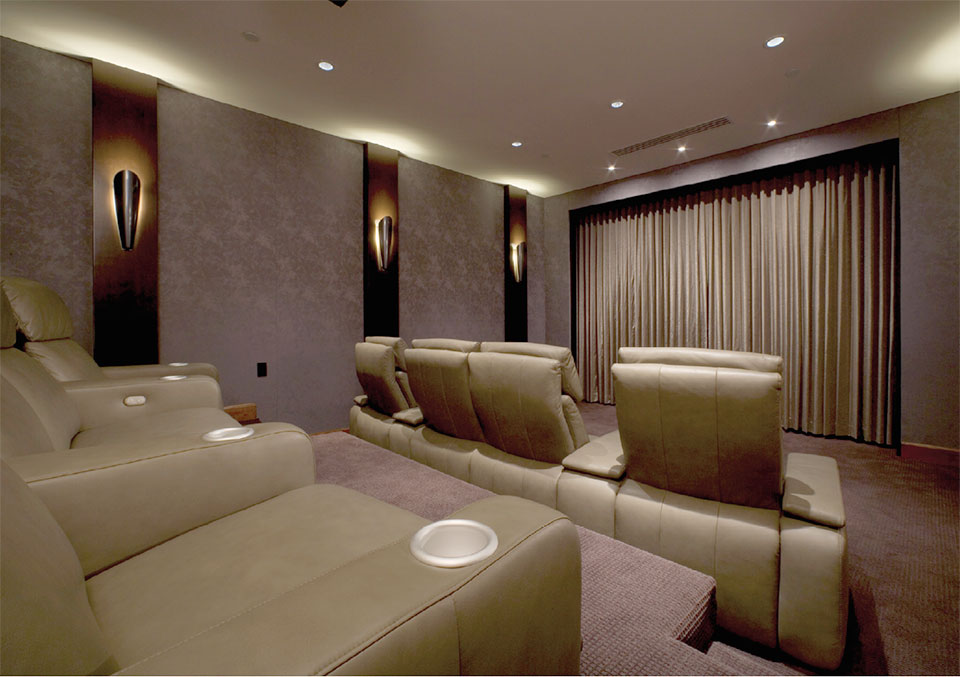Awakening the Subconscious Experience of the Home
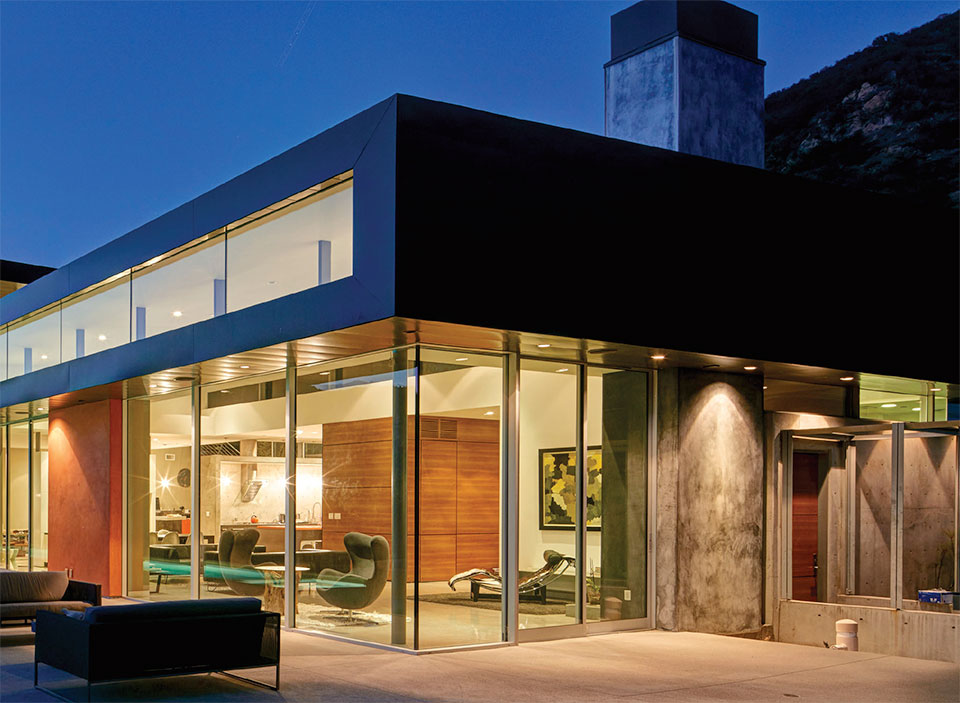
In the modern-day lifestyle, humans are subconsciously bombarded with information at every hour of the day. Visible or invisible, the space that surrounds has a significant impact on well-being, mood, and productivity. Whether we are consciously aware of what we internalize from our environment, and why it affects us the way does, these pieces—light, sound, air quality, people, built space—affect us whether we give them permission to or not.
While the term “blue light” has become a buzzword for its unnatural effects on human circadian rhythms, products to combat it have hit consumer shelves, ranging from eye glasses to software applications, to shield us from this constant field of body-altering light from our smartphones, computer screens, and household appliances. Managing blue light’s impact on the individual is much more complex than merely filtering it out. And while there is blue light, there’s also lighting from every other color of the spectrum, with its own impacts on human physiology and psychology.
Rich Ashburn, Designer and Sales and Systems Engineer at Jackson Hole AV, shares the importance of how light affects our experience of a home. “There’s no question that lighting affects the moods of people; it’s the same thing that happens with your iPhones. Blue light from devices and computers inhibits the production of melatonin, creating depression, reducing sleep, all not conducive to good life experience.” Ashburn is excited for the possibilities that human-centric lighting offers in the opportunity to support natural rhythms.
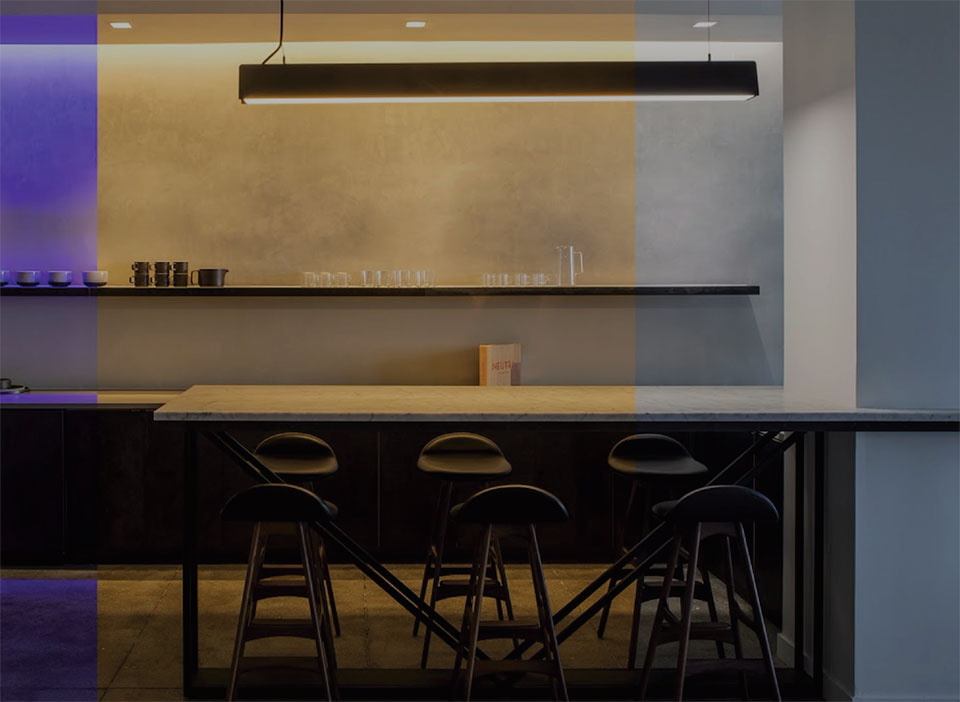
Light is not simply limited to the lightness or darkness of a space; it defines mood, behavior, interaction. Human-centric lighting (HCL) does what its name suggests—it centers on the human. Designed and engineered to support humans’ circadian rhythms rather than alter them, HCL also offers the adaptability to customize a home for any effect imaginable. HCL focuses on all aspects of how lighting affects people—well being, productivity, and mood. In the same way that “happy lights” stimulate energy production in dark winters, HCL takes this into account as one of many factors in the design of a home’s feel.
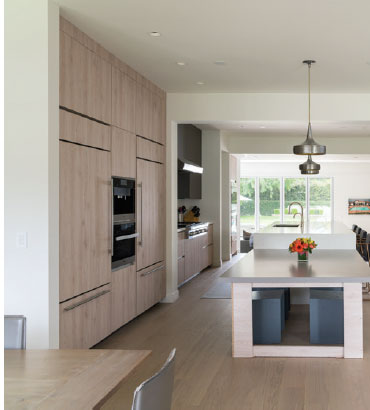
With HCL, lighting is installed and programmed to work with both the desired needs of the space’s inhabitants as well as the outside environment. “The lighting adjusts within the home throughout the day, depending on what is happening outside,” shares Ashburn. On a gray day, the lighting is calibrated to come brighter, and on a sunny day it’s less so. Rather than flipping the switch and having the same thing whether it is dark and gloomy or brilliantly sunny, HCL is programmed to respond to the real life of what is happening externally, and moderate that to the desired effect for the individuals.
Defined by the ways that lighting affects mood and well being, HCL is comprised of full-spectrum LED bulbs that have the capability to emit any color of light. “We use the lighting to make a home look a certain way, to accent furnishings and art,” Ashburn notes. Beyond the aesthetic response to the space, furnishings, and art, this light system is fully customizable. “If you’re having a party and want all blue light, or all red light, you can change the room on the press of a button with this new LED technology,” notes Ashburn.
“There’s no question that lighting affects the moods of people; it’s the same thing that happens with your iPhones. Blue light from devices and computers
inhibits the production of melatonin, creating depression, reducing sleep, all not conducive to good life experience.”
–Rich Ashburn, Designer, Sales & Systems Engineer, Jackson Hole AV

While it’s easiest to work with new construction and install HCL engineered from the beginning, Jackson Hole AV also can upgrade existing systems. Working with Savant and Lutron technologies, JHAV integrates human-centric lighting into a fully automated, optimized home. The attention to detail that is integral to Jackson Hole AV’s work is imperative for the optimization of these technologies. JHAV prides itself on a culture that supports many of its employees who have worked there for a long time. “We hire only employees with high integrity, who are upstanding people,” shares Ashburn, and this comes out in their work. “With attention to detail at every step of the process, we are able to make complex, high-powered systems simple for the user interface, meeting our clients’ dreams in a way that is easy to manage,” shares Ashburn.
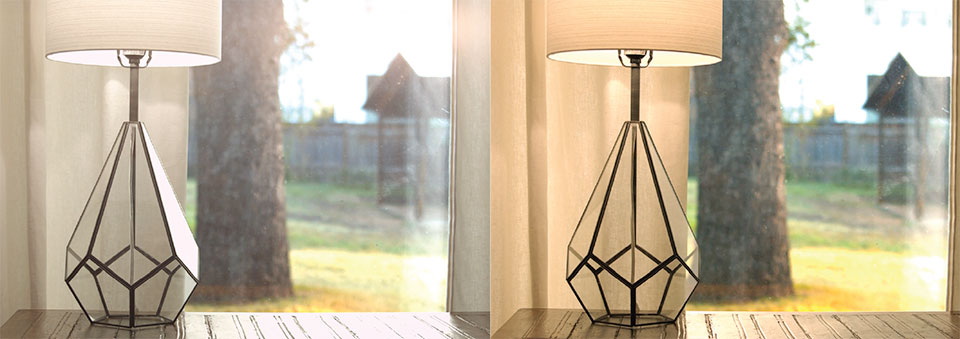
Jackson Hole AV also has its own in-house master electrician and specializes in everything from high voltage to low voltage, which is especially important in managing new full-spectrum LED lighting and human-centric lighting. With its own auto-CAD specialist, JHAV engineers home automation from the beginning of the building process. Jackson Hole AV’s reputation with manufacturers also allows the company to play a role in the development of new technologies. With a longstanding role in the home automation market, Jackson Hole AV’s relationships with manufacturers provide them with real-time influence on what is coming into the market. “Manufacturers ask us, ‘What can we do to make these systems better?’,” notes Ashburn. Ashburn cites companies like Google and Apple, working with them on their technology and listening to their needs.
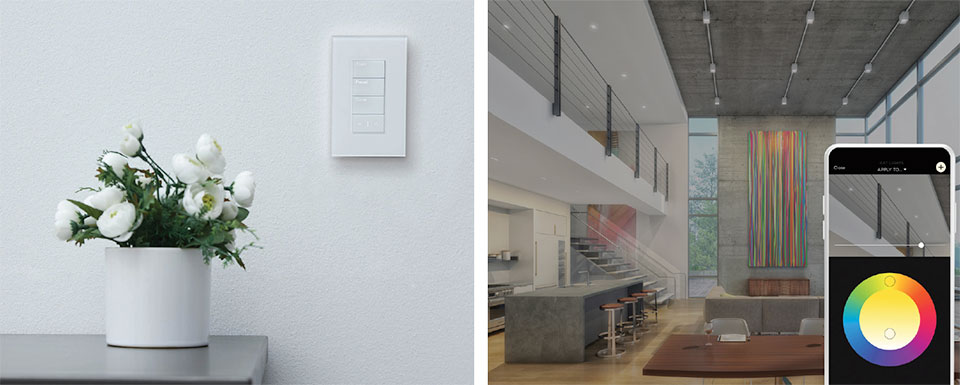
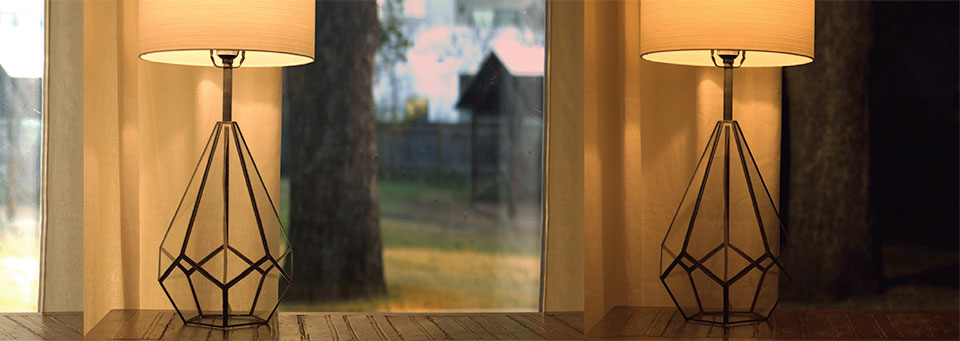
Similar to light’s impact on people’s experience of a space, recent developments in 3D sound technologies revolutionize the auditory experience in in-home theaters as well as surround-sound systems. Where traditional sound is typically shared through channels connected to specific speaker locations, 3D sound can be any point in the movie theatre. “We’re seeing a big shift towards Dolby Atmos, with sound bars and reflected surfaces offering the ability to place sound anywhere in the room,” shares Ashburn. With 3D sound, sounds are treated as individual objects rather than directed through a channel. This allows speakers to be scaled, and to pinpoint exactly where the sound is placed, and for all the users to experience it that way. JHAV’s attention to detail and integrity allows for integration of elements like Dolby Atmos in a manner that fits with the rest of the home’s technology and can easily be monitored in the user interface.
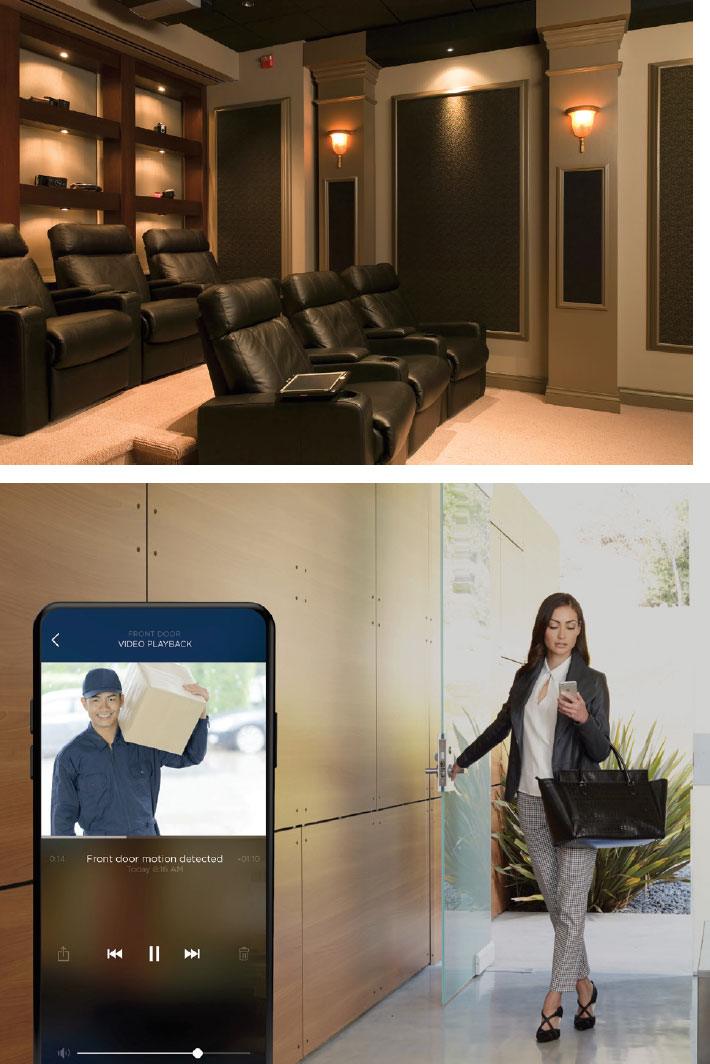
Another avenue that Ashburn sees at the forefront of emerging technology is in home security. “Using passcodes and bluetooth RFID, homeowners can know exactly who comes and goes from their home, at what times, and how long they spent there. Like in the corporate world, clients can have as much information as they want about who’s interacting with their home in their absence,” shares Ashburn. “Where an app like Ring can let you see who’s at the door from afar, Jackson Hole AV integrates the security with closed-circuit TV remote monitoring, to additionally offer clients the ability to not only see who’s at the door, but open it too, to let the UPS delivery in, and then lock it again,” adds Ashburn.
Jackson Hole AV prides itself in offering the latest technologies with an attention to detail that provides lifelong confidence and ease of management, ultimately curating a space to feel exactly how the client dreams it to be. A built space is only as good as the experience within it; Jackson Hole AV provides that customization, with the attention to the complexity of interactions that technologies such as light and sound offer to the human experience. By designing home automation systems to cater to the subconscious that they create, designing the way it affects how you feel, Jackson Hole AV brings a home to life emotionally as well as physically.
